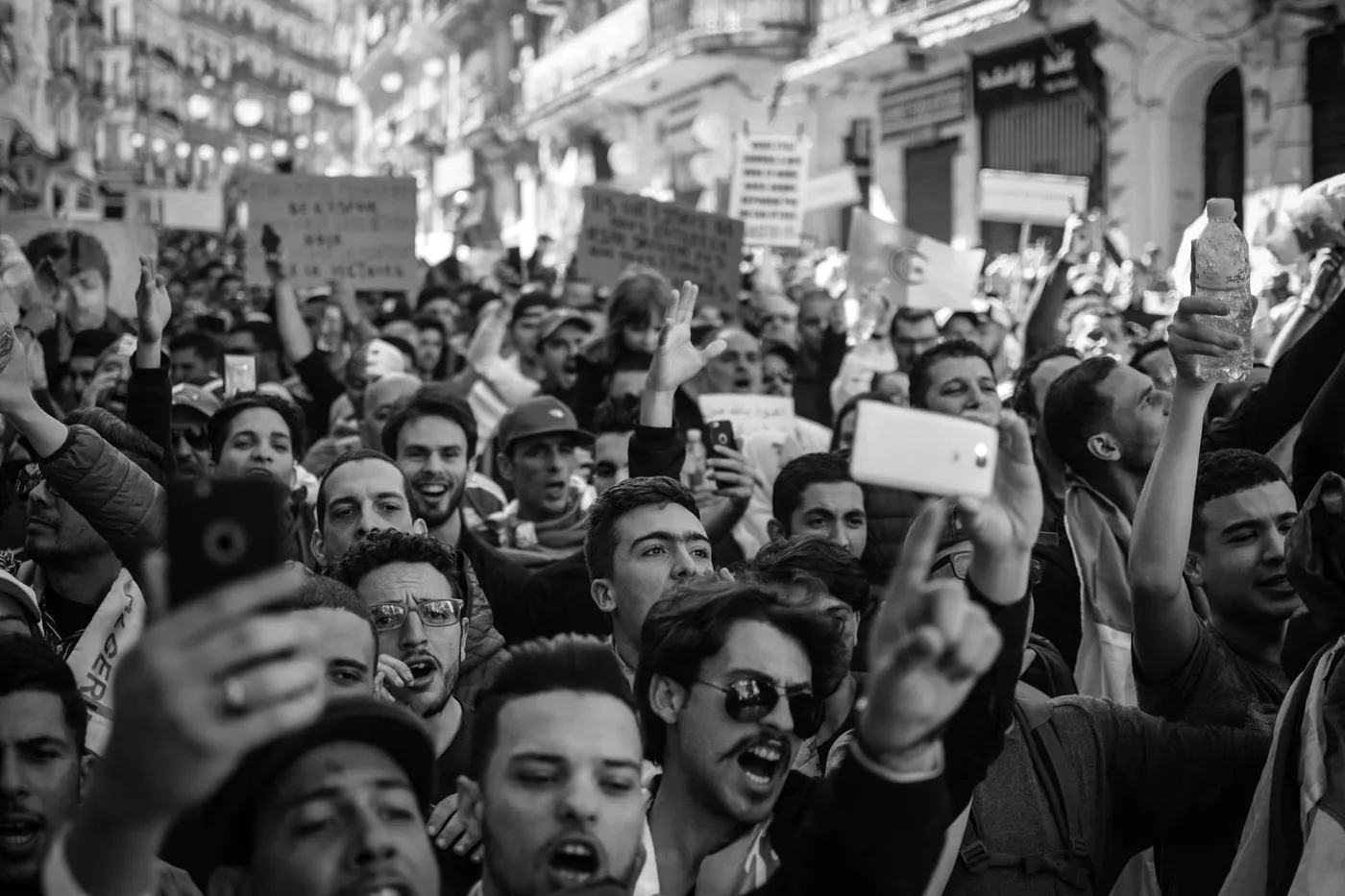The situation in Ukraine is well known to most of us over the last few days. Russian President Vladimir Putin ordered military action on Ukraine to “free” the eastern regions of Donbas and Luhansk. The west immediately commenced putting forth sanctions while the Ukrainian army braced themselves for a long battle. The Ukrainian people have desperately tried leaving the country to cross over Polish, Romanian, and Hungarian borders among others. An underrepresented demographic of civilians in this war, however, has been a group of 20,000 Indian students and citizens stranded in the country with very little information about what steps to take. Two students have already lost their lives according to official numbers. These uncertain times have brought the uncomfortable question to the forefront — how are international students impacted in the time of crisis and how prepared are stakeholders in addressing their needs and safety during such uncertain times? A crisis can be defined as war, act of terrorism, natural or man-made disasters, pandemics/epidemics, recession etc.
For an increasing number of students, the place they call home is different from the place and country they spend years in for their education and career development. The people they meet, the food they eat, the language they speak is unfamiliar to the people they see around them.
International students leave behind a culture and a people they understand and are faced with the daunting task of learning how to create an entirely new life in the US. To say this responsibility is difficult is certainly an understatement. Once-in-a-lifetime, large-scale events accentuate these difficulties and uncertainties even further for international students.
Several global crisis have affected international students in the past as well. Due to the war in Gaza in 2009, Ben-Gurion University’s Medical School for International Health with a student body of 165 international multicultural students canceled a week of classes that fostered fear, panic, and psychological stress. The 9/11 attacks created a uniquely challenging and tense environment especially for students from certain countries, backgrounds, and ethnicities. Homeland security in the US had especially at the time, severely threatened the mobility of students, scholars and researchers. At the same time, there were conflicting groups advocating for and against educational exchange that argued the value of such exchange altogether. Even during the pandemic, ICE said that international students whose universities go all-online in the fall would not be able to remain in the United States. The announcement was immediately met with uproar from students and universities alike. Students were fearful of returning to dangerous situations in their home countries and some even found it impossible or too expensive to self-deport.
In most of these cases, there is not only no consideration given to the large demographic of international students from local governments and agencies but also a lack of structured support provided by embassies and other support systems. Even in the current situation in Ukraine, delays by the Indian government in communicating how bad the situation is and a lacking early response in getting students out of the country led to more than 20,000 students and citizens being stranded. Even today, it is expected that at least 8000 students are still trapped in Ukraine. In fact, government agencies are often found blaming students for not leaving the war-torn country and even their choice to study in international universities. As may or may not be in this case, general factors that often influence individuals’ decision to return/stay in the war zone are often of an academic and financial nature. Other factors included family pressure, information from peers and information from the administration. In dire situations such as these, concerns about transportation, food, and basic necessities for survival and security are responsibilities of embassies to provide and support with. Expecting students ridden with student debt to be able to pay for expensive tickets in a region about to enter war is far from working in the interest of students. Moreover, channels of communication from embassies, universities, student organizations are a matter of concern. It is also the responsibility of local authorities to ensure equitable access to emergency resources and avenues for safety. Racism, as claimed in the current situation of the Ukraine-Russia war, is commonplace.
Additionally, there is a gradual recognition that International education and exchange programs are extensively influenced by the host country’s foreign policy of the time. Recently in the US, the administration perceived a threat of Chinese students conducting espionage on US soil as a result of heightened tensions with China. As a result, the then-US President Donald Trump introduced the ban that effectively prevents graduate science, technology, engineering and mathematics (STEM) students from several Chinese universities from gaining visas to the US. Being one of the biggest international student groups in the US, this impacted not only Chinese students but also universities. The Chinese students affected claim they aren’t spies at all. Some even became so frustrated at the lack of clarity that they crowdfunded for a lawyer to start legal action against the US government. Such instances are innumerable.
The psychological stressors and trauma are even more profound in case of international students as are actual physical stressors. In the case of the above said example of the war in Gaza, many reported psychological difficulties during the war rather than physical danger. They described the period as “draining” and found it difficult to concentrate while studying. As foreigners, many felt their role was undefined. Although there was wide variation in the war’s effect on daily activities and emotional well-being during that time, the majority (73%) reported minimal residual effects.
Even from the perspective of the host country, it is in their interest to ensure safety and equivalent priority to the international student demographic on humanitarian grounds as well as to encourage potential international students. The US is already witnessing a decline to the tune of 15% in international students at US universities. During the 2019–2020 school year, approximately 1,075,496 foreign-born students were enrolled at U.S. colleges and universities, representing 4.6% of the total U.S. student population. Students come to the U.S. from roughly 200 different countries, though more than half are from China and India. Canada is another example of high turnout of international students. International students are important not just to the success of domestic students, but to the success of colleges and universities. The number of high-school graduates across the United States is projected to increase by only 0.2% over the next nine years, compared to an increase of 6% over the previous nine years, according to new statistics recently released by the National Center for Education Statistics. That means international students are becoming increasingly important to keep classes full, tuition revenue up, and institutions thriving in addition to the fact that international students pay considerably higher tuition fee than their domestic counterparts.
So what are the needs of international students in case of a crisis? And who can give them that? Firstly, ensuring that international students are not the low hanging fruit for elimination when it comes to distribution and retention of basic resources — food, accommodation, wifi, and social security benefits. These are responsibilities of not only universities and university-driven international student agencies but also local governments. In addition, educating university entities with visa restrictions, resources to help students with visa-related resources and legal support is imperative. Understanding how students can continue their access to education in times like these is a responsibility of the universities and federal government agencies. This maybe through deferred degrees or online classes, if possible. Additionally, not only is uniform and unhindered access to embassies paramount, it is also crucial that embassies are proactive in understanding student issues at ground level and be sensitive to time especially during such infrequent uncertainties. Another stakeholder is the Institute of International Education (IIE) that has means to mobilize universities and channelise Emergency Student Funds through these universities. The IIE also has several other programs that will help in the long term — those that have helped in other impactful situations, such as Afghanistan and Haiti. These include placements for scholars to help them continue their academic careers, teaching and research. The IIE also has a protection program that helps place artists temporarily in art studios and museums.
In current times, the North American Association of Indian Students (NAAIS) recognises even more its importance as a blanket organization aimed to represent the needs of over 800,000 Indian-origin students in the US and Canada.
Resources:
- https://www.forbes.com/sites/marvinkrislov/2019/03/22/why-international-students-are-good-for-colleges-universities-and-america/?sh=3b09f940f496
- https://www.jstor.org/stable/30001939
- https://www.thenewsminute.com/article/why-scores-indian-students-couldn-t-leave-ukraine-time-despite-advisories-161538
- https://www.nytimes.com/2022/03/02/world/europe/indian-student-ukraine-death.html
- https://www.cnn.com/2021/08/06/asia/china-united-states-students-visa-ban-intl-hnk-dst/index.html#:~:text=Faced%20with%20the%20perceived%20threat,several%20Chinese%20universities%20from%20gaining
- https://thediplomat.com/2022/03/indian-students-caught-in-the-warzone-in-ukraine/
- https://digitalcommons.unl.edu/cgi/viewcontent.cgi?article=1240&context=cehsedaddiss
- https://universitybusiness.com/how-is-the-russia-ukraine-war-impacting-international-student-exchange/
- https://www.researchgate.net/publication/236688441_Foreign_Students'_Experience_during_a_Time_of_War



